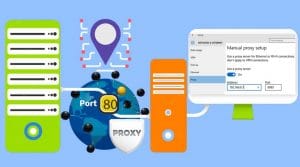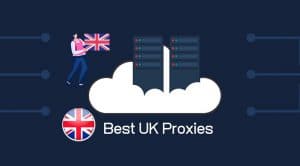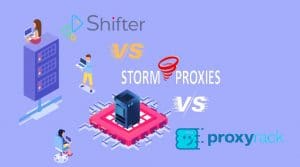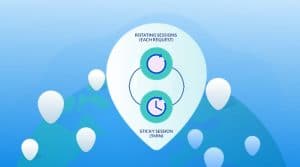Are you new to the term data aggregation? If you answer yes, then click-through and learn more about what data aggregation entails, the role of the Internet in data aggregation, and how to choose a data aggregation system.
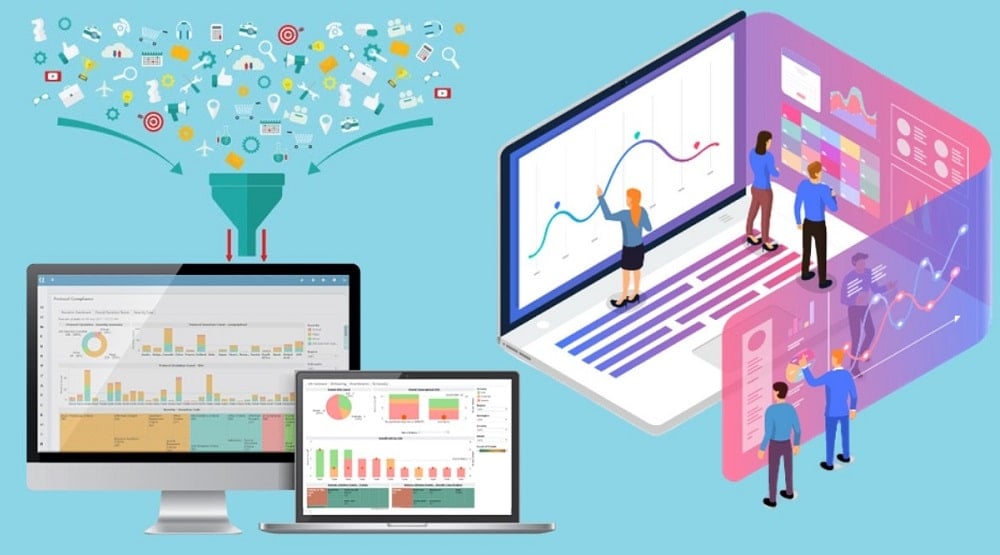
Businesses are increasingly becoming dependent on data as they make crucial business decisions on data – and the more of it they have their hands-on, the better their decision-making processes become. While the amount of data generated every day is increasing, it is increasingly becoming difficult to make sense of the data at hand.
Getting meaning from data is one of the things businesses and research agencies are always after, and data aggregation is one of the process which sense can be made of data. The term is still very much new among many businesses and data analysts and as such, we have written this article to give a gentle introduction into what it means.
What is Data Aggregation?
Data aggregation is the process whereby data gathered and summarily presented in a report-based format. In simple terms, data aggregation entails compiling data and presenting it in a summarized form. The source of the data can be from a single source as it is in the case of site visitors’ demography or from multiple sources. Regardless of the sources, you need to know that the sole aim of data aggregation is making data meaningful for the purpose of making decisions. Aggregate data can be subjected to statistical analysis for better insights.
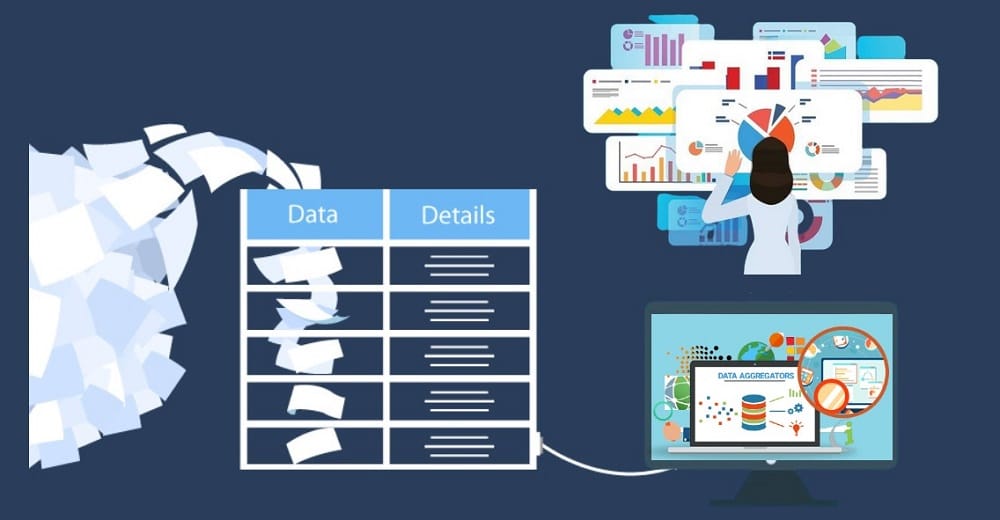
Data aggregation is a rigorous exercise that needs to be carefully planned and executed to avoid mistakes from occurring. The occurrence of error will make the whole problem waste and could make you make the wrong decision. The time taken for a data aggregation project can be as high as 20 hours every week, depending on the size of the data – and other important variables. However, this is only so if you try doing it manually. There are some automation tools such as Improvado that you can use to save time.
Processes Involved in Data Aggregation
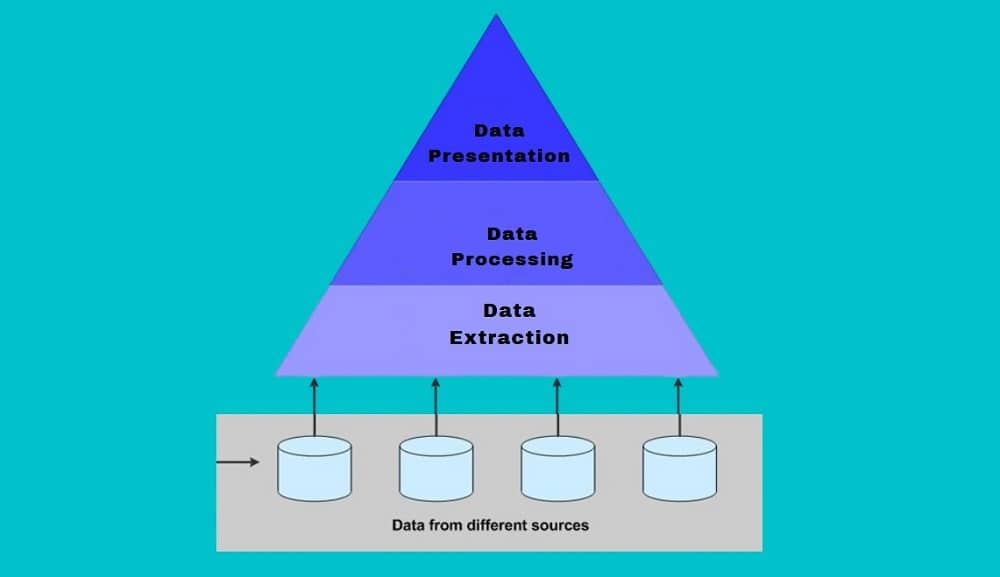
Data aggregation is not a one process exercise. It is made up of a group exercise that each has to be meticulously carried out to make sure a high-quality summary is generated from the data being considered. The processes involved in data aggregation are 3 – data extraction, data processing, and data presentation.
-
Data Extraction
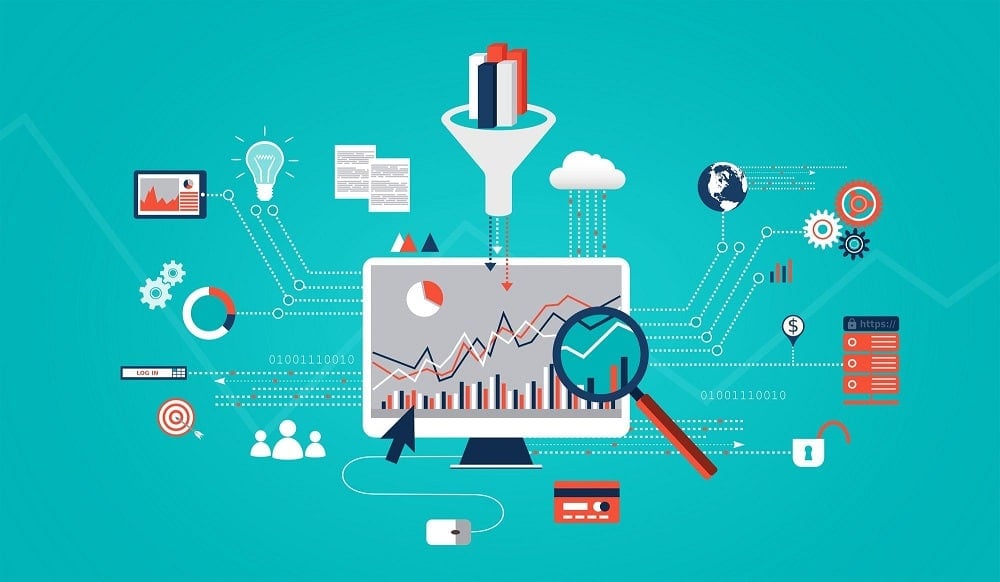
The first step in data aggregation is gathering data. Data can be pulled from many sources. In the past, databases are the main sources of data. Data can also be collected through the use of surveys, and a business can look into their archives to pull out important data that can be meaning.
As it stands today, the Internet has become an important source of information. Take, for instance, the COVID-19 pandemic data for all affected countries are available on the Internet. Since a lot of data useful for data aggregation is available online, web scraping has become one of the most popular methods of data extraction.
- Best Web Scraping Tools – Ultimate Web Scraper List!
- Web Scraping API to Help Extract Data
- Web Crawling Vs. Web Scraping
-
Data Processing
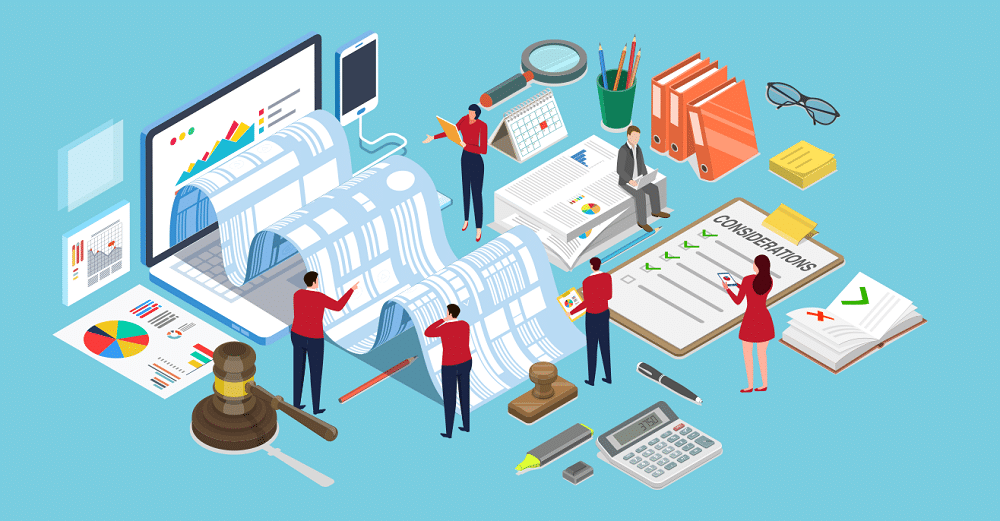
After the required data has been collected, the next process is data processing. Before the processing, you have to take the data through a process known as preprocessing, which is a process that makes sure the data collected is in the right format and contain no error before it is processed. The preprocessing is done to ensure the integrity of the data. This includes checking out for duplicates and missing/incorrect data, normalization, and making sure the data is in the required format. After that has been done, the data is then processed using mathematical processes to discover relationships and patterns.
Related, What is Data Parsing and Parsing Techniques involved?
-
Data Presentation
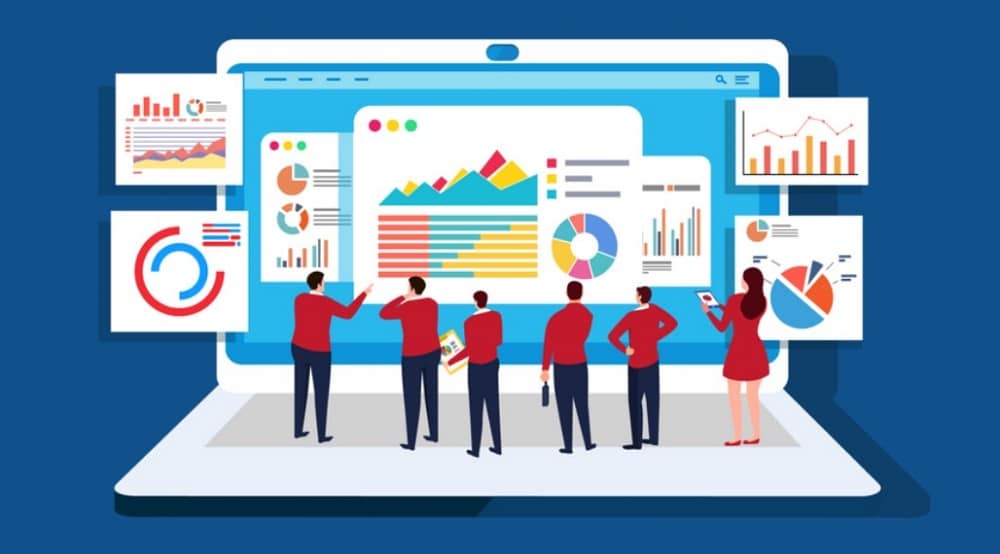
After the data has been processed, and insight has been drawn from the data, the next step is the presentation of the data. The data is usually presented in a summarized format as charts and statistical formats and inferences. The success of this process depends on the processing as it only deals with presentations for easy understanding.
All the steps can be done manually, but that will be a lot of work to do, and there is no way errors won’t come in. Because of this, the software is used for data aggregation as they tend to weed out avoidable errors and save both time and money.
Things to Consider When Choosing a Data Aggregation System
I stated earlier that automated data aggregation systems had replaced the manual process of data aggregation. Even among the automated systems, some of them are more efficient and effective than the others. Some of the things you need to consider when choosing a data aggregation solution are discussed below.
-
Flexibility

Specialization has been taunted for a long time that people even expect software to be highly specialized. However, when it comes to a data aggregation solution, you need to make a decision between going for highly specialized tools or the ones with flexible architectures that can be adapted to various business environments and requirements. This won’t be needed if you are working in one environment. It, however, saves costs when you need to apply it to different other use cases.
-
Cost-Effectiveness
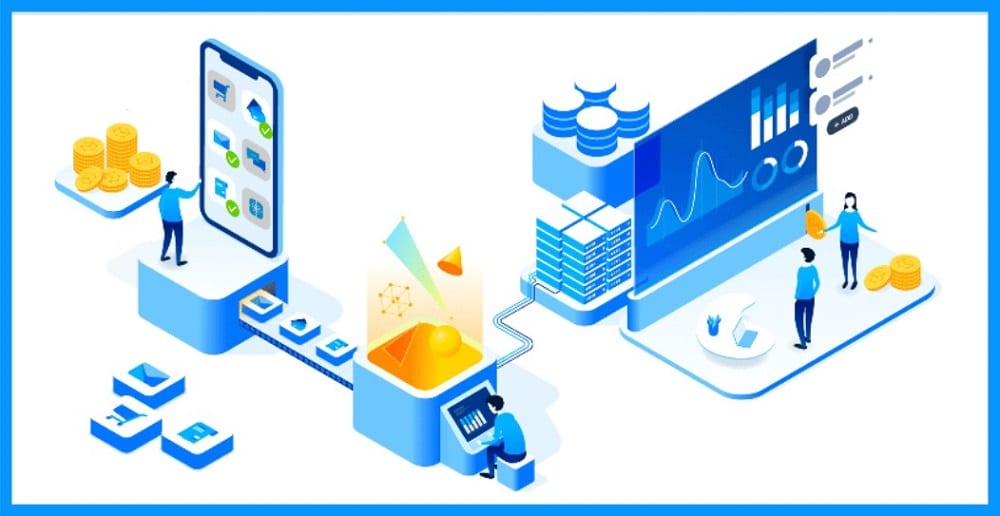
Aside from time, the cost in terms of monetary commitment is also another aspect you have to consider. It is not advisable to just pick one of the solutions without comparing it with others. The goal is to find the one that will save you money while working at it best. You might end up compromising other things, though.
-
Scalability
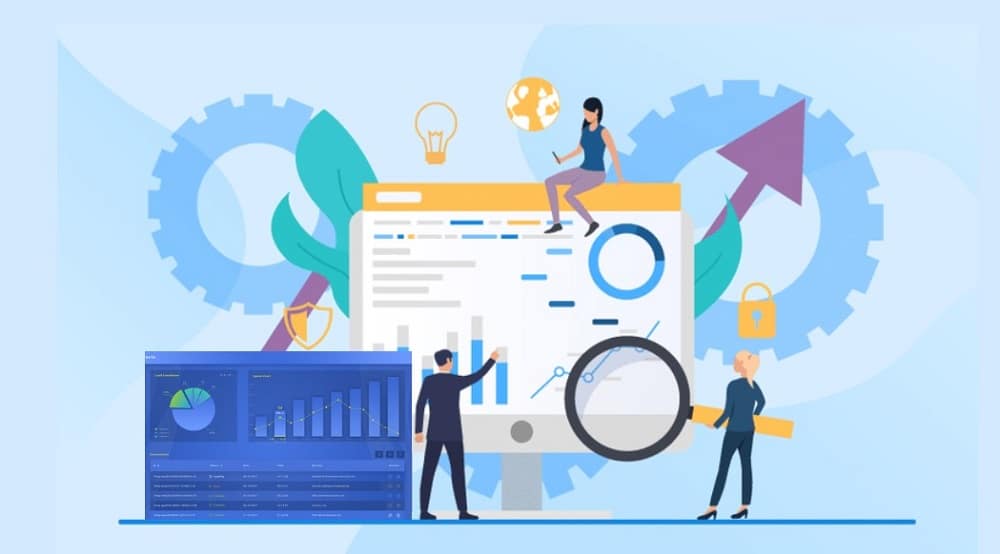
The requirement for combing through a dataset with 1000 rows of customer data is not the same as processing a table with over 2 million rows. When it comes to data processing, the bigger the amount, the more time and system resources it requires. Generally, you will require a tool that is scalable and can take care of any amount of data – whether big or small.
-
Performance
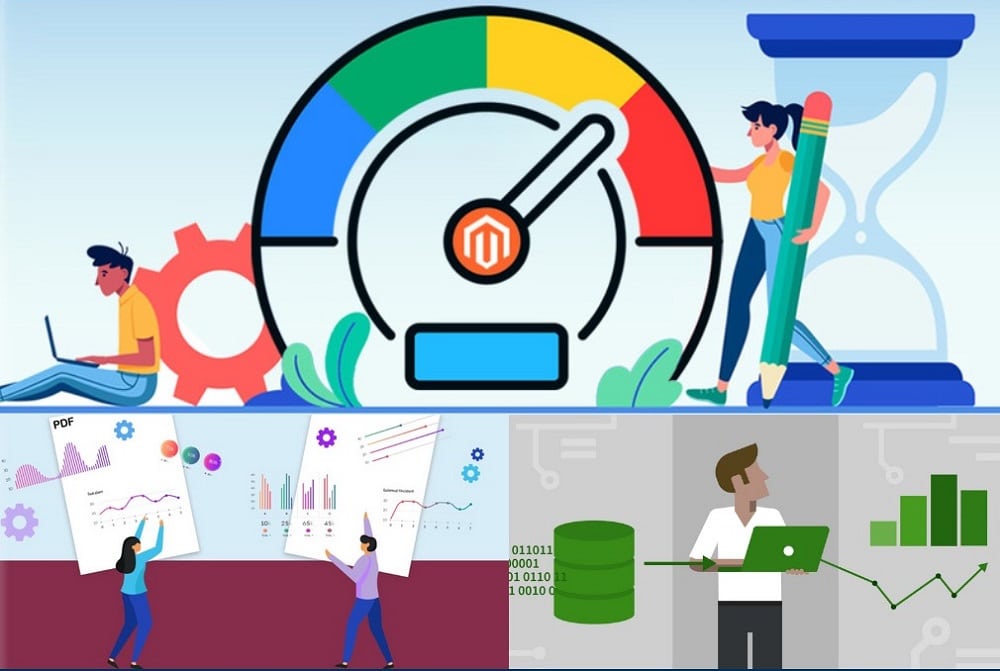
I don’t know about you, but I do not have a lot of patience when it comes to waiting for my computer to finish processing. Because of this, I always look out for software with high performance that’s responsive and very fast in its processing and implementation. Always go for solutions with superior quality and performance as they will not only make your work fast but help protect you from frustration. You just have to keep it in mind that they are expensive.
Conclusion
Making sense and drawing insight from a large amount of data is not an easy task. You will not only have to gather the data and process them, but you will also have to present them in an understandable format. The process is known as data aggregation, and it is quite useful to data analysts and decision-makers.

